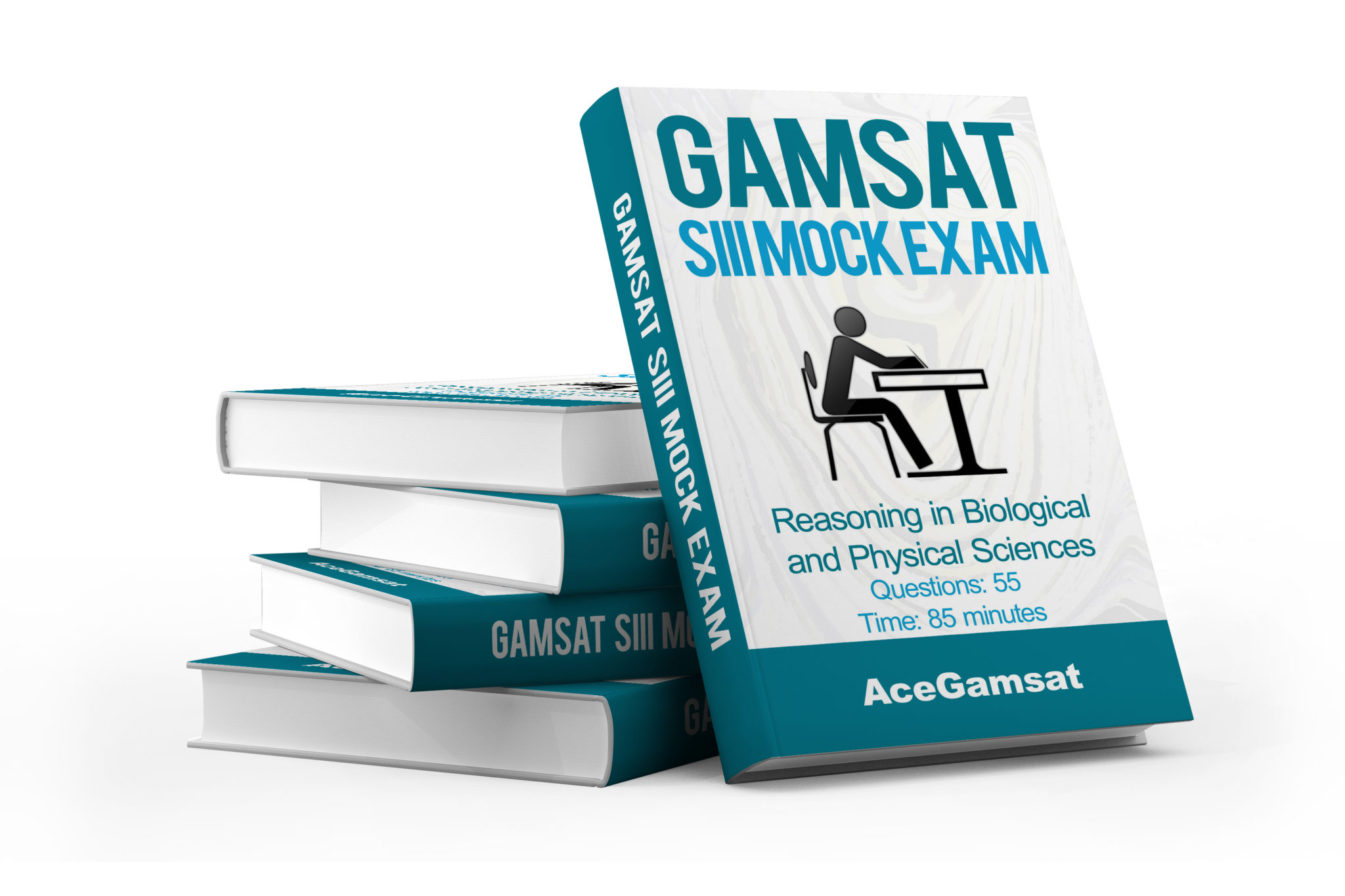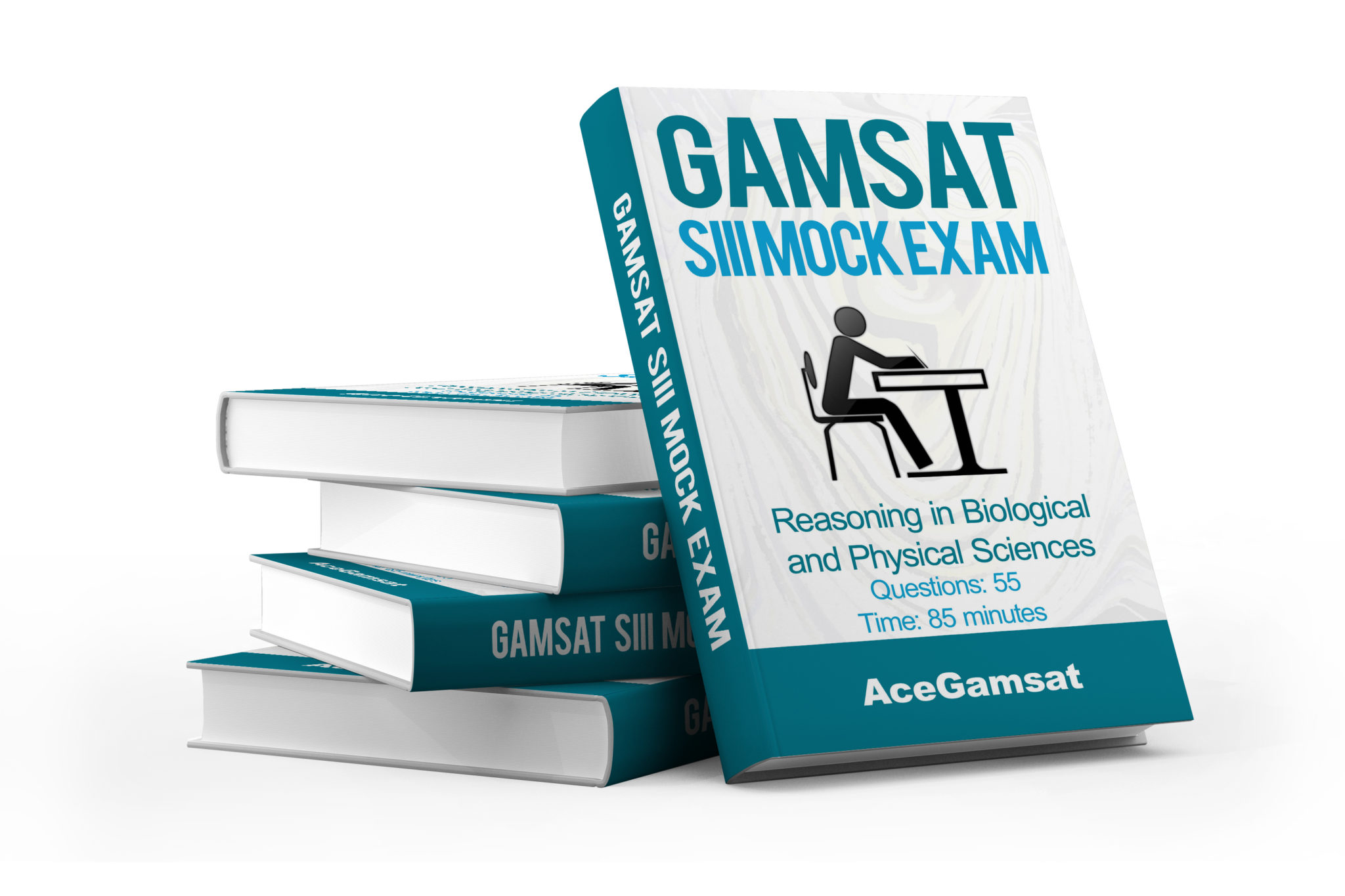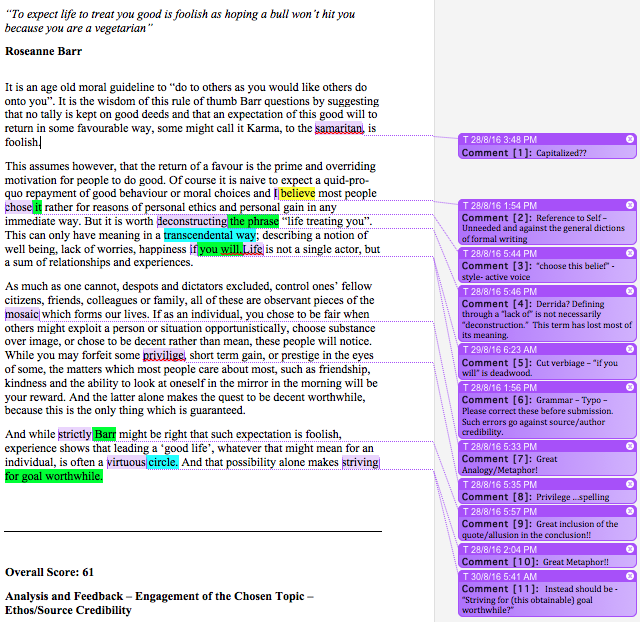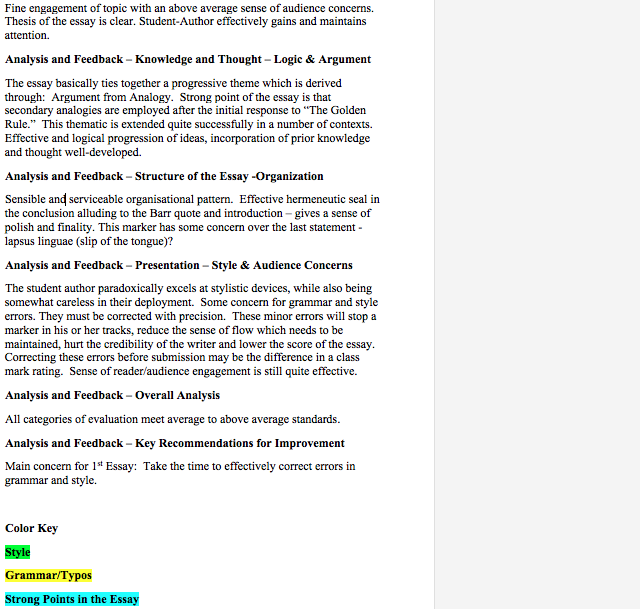GAMSAT General Chemistry Questions – Free!
From: Matthew
Re: GAMSAT Chemistry Questions
Below is a series of sample GAMSAT General Chemistry Questions which are just like the questions in the actual exam.
Our GAMSAT Study Package contains a complete practice test, which contains questions just like these.
Now, we’ll get started.
GAMSAT General Chemistry Questions
(Do NOT use a calculator)
Unit 1
Question 1-3
The thermodynamic properties of an ideal gas are described by the following equation of state:
P x V = n x R x T
where:
P is the pressure (atm)
V is the volume (L)
n is the amount of gas (mol)
R is the universal gas constant (0.082 L atm/K mol)
T is the temperature (K)
1. Which of the following values better approximate the volume of 0.1 moles of gas at P = 1 atm and room temperature (ca. 300 K)?
A. 0.3 L.
B. 3 L.
C. 30 L.
D. 300 L.
2. A gas is maintained at 200 K and 2 atm in a closed vessel. How many moles are kept in the small 10 mL container?
A. 10-1 mol.
B. 10-2 mol.
C. 10-3 mol.
D. 10-4 mol.
3. The volume of a gas (5 g), measured at 300 K and 3 atm, is 0.5 L. What is the molecular weight of this chemical species?
A. 10 g/mol.
B. 30 g/mol.
C. 100 g/mol.
D. 300 g/mol.
Answers To GAMSAT General Chemistry Questions
Answer to Question 1
From the above equation,
V = (n x R x T)/P = (0.1 mol x 0.082 L atm/K mol x 300 K)/ 1 atm ≌ 0.1 x 0.1 x 300 = 3 L
The key is therefore B.
Answer to Question 2
From the above equation,
n = (P x V)/R x T = (2 atm x 0.01 L)/ 0.082 L atm/K mol x 200 K ≌
≌ (2 x 0.01)/ (0.1 x 200) = 1 mmol
The key is therefore C.
Answer to Question 3
From the above equation,
n = (P x V)/R x T = (3 atm x 0.5 L)/ 0.082 L atm/K mol x 300 K ≌
≌ (3 x 0.5)/ (0.1 x 300) = 0.05 mmol
Also:
n = mass (g) / molecular weight (g/mol) = 5 g / MW = 0.05 mol
Hence:
MW = mass/n = 5 / 0.05 = 100 g/mol
The key is therefore C.
AceGAMSAT Products




 From: Matthew
From: Matthew











